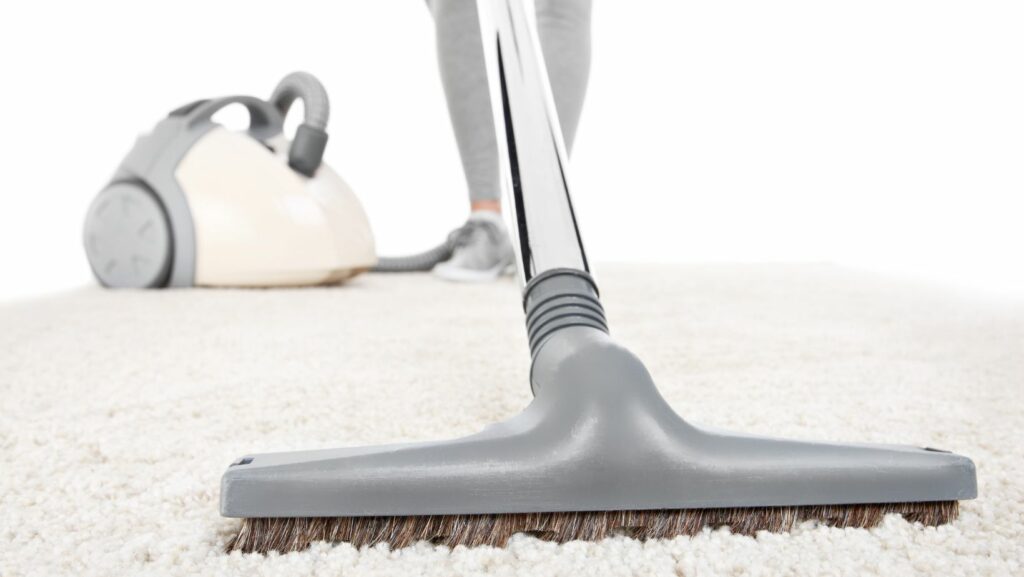Table of Contents
ToggleShark Vacuum Losing Suction
If you’ve noticed that your Shark vacuum is losing suction, it can be quite frustrating. A decrease in suction power can greatly impact the effectiveness of your vacuum cleaner, making it difficult to properly clean your floors and surfaces. But fear not! In this article, I’ll delve into the common reasons why a Shark vacuum may experience a loss of suction and provide some helpful solutions to get your vacuum back to its optimal cleaning performance.
One possible reason for your Shark vacuum losing suction is a clogged filter or brush roll. Over time, dirt, debris, and hair can accumulate in these components, restricting airflow and reducing suction power. It’s important to regularly clean or replace the filters and remove any tangled hair from the brush roll to maintain maximum suction.
Common Reasons for Shark Vacuum Losing Suction
One of the most frustrating experiences with a Shark vacuum is when it starts losing suction power. A lack of suction can significantly impact the cleaning performance and efficiency of your vacuum, leaving you puzzled and searching for answers. In this section, we’ll explore some common reasons why your Shark vacuum may be losing suction.
- Clogged filters: Over time, dust, dirt, and debris can accumulate in the filters of your Shark vacuum, obstructing airflow and reducing suction power. It’s essential to regularly clean or replace the filters according to the manufacturer’s instructions to maintain optimal performance.
- Full dust canister or bag: If you notice a sudden loss in suction, check if the dust canister or bag is full. When these containers reach their maximum capacity, they restrict airflow and diminish suction strength. Emptying the canister or replacing the bag should help restore proper suction.
- Blockages in hoses or brush roll: Debris like hair strands, string, or larger objects can get tangled in the hoses or wrapped around the brush roll of your Shark vacuum. These blockages hinder airflow and disrupt effective cleaning. Inspect the hoses and remove any obstructions carefully; also clean out any debris from the brush roll to restore proper suction.
- Worn-out brushes or belts: The brushes on your Shark vacuum play a crucial role in agitating carpet fibers and picking up dirt particles effectively. Over time, these brushes may become worn-out or tangled with hair and thread, affecting their performance and decreasing overall suction power. Likewise, if you notice that belts are broken or stretched out excessively on your vacuum’s brush roll assembly, it could lead to reduced pick-up ability.
- Faulty seals or gaskets: Leaky seals within your Shark vacuum can cause air leaks that compromise its overall suction performance. Check for any damaged seals or gaskets around various parts of your machine and replace them if necessary.
By addressing these common issues, you can potentially resolve the problem of your Shark vacuum losing suction power. Regular maintenance, including cleaning filters, emptying dust containers, removing blockages, and replacing worn-out parts as needed, will help keep your vacuum performing at its best. Remember to consult the manufacturer’s guidelines for specific instructions on maintaining your Shark vacuum model. Worn or Damaged Brushroll:

Troubleshooting Your Shark Vacuum’s Loss of Suction
If you’ve noticed that your Shark vacuum is losing suction, one possible culprit could be a worn or damaged brushroll. The brushroll is an essential component of the vacuum cleaner that helps agitate and lift dirt and debris from your floors. Over time, it can become worn out or damaged, resulting in a loss of suction power.
Here are a few signs that indicate a worn or damaged brushroll:
- Uneven bristle wear: Inspect the bristles on your brushroll for any signs of uneven wear. If some bristles appear shorter than others or if they are frayed, it’s a clear indication that the brushroll needs to be replaced.
- Restricted rotation: A functioning brushroll should rotate smoothly without any obstructions. If you notice that the brushroll is not spinning freely or gets stuck frequently, it could be due to damage or debris accumulation.
- Excessive noise: Unusual noises coming from your vacuum cleaner during operation may suggest a problem with the brushroll. Grinding sounds or high-pitched squeaking can indicate issues such as misaligned bristles or worn-out bearings.
To address this issue and restore suction power to your Shark vacuum, follow these steps:
- Turn off and unplug the vacuum cleaner before proceeding with any maintenance tasks.
- Locate the access plate on the bottom of your Shark vacuum where the brushroll is housed.
- Use a screwdriver to remove the screws securing the access plate and carefully lift it off.
- Take out the old brushroll and inspect it for signs of wear or damage.
- Install a new replacement brushroll by aligning it properly with its housing and inserting it securely.
- Reattach the access plate using the screws and ensure it is tightened properly.
- Plug in your Shark vacuum and test its suction power to see if the issue has been resolved.
If replacing the brushroll doesn’t solve the problem, there may be other underlying issues causing the loss of suction. It’s advisable to consult your Shark vacuum’s user manual or contact their customer support for further assistance.

